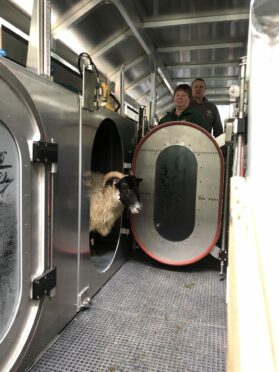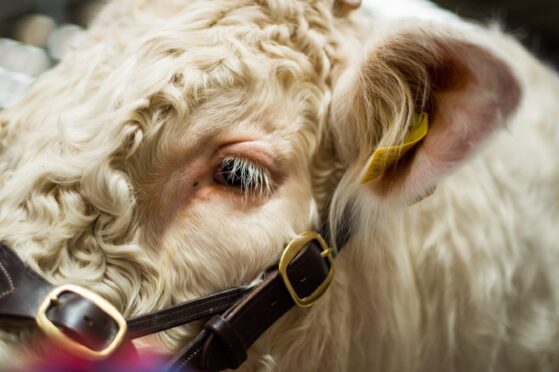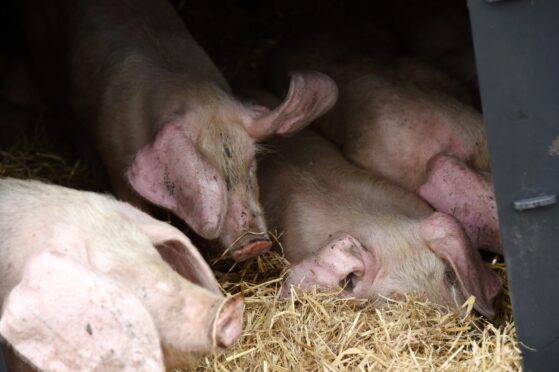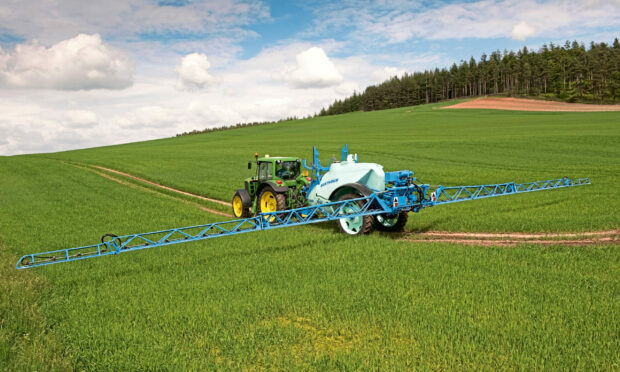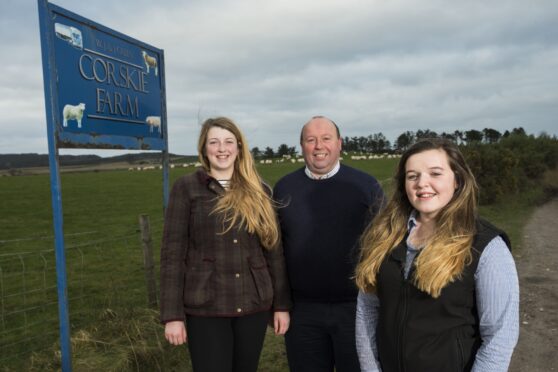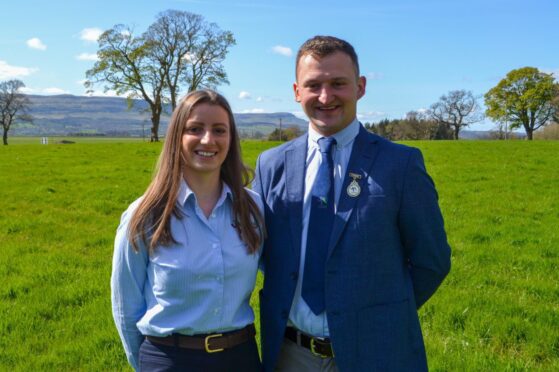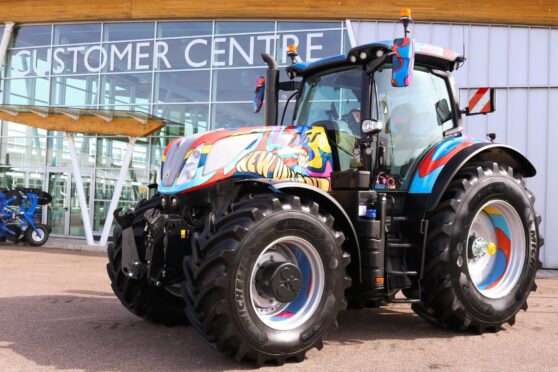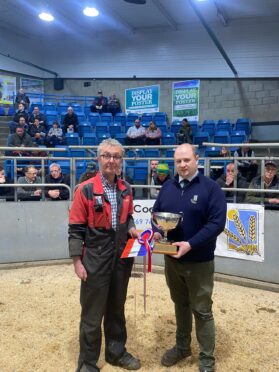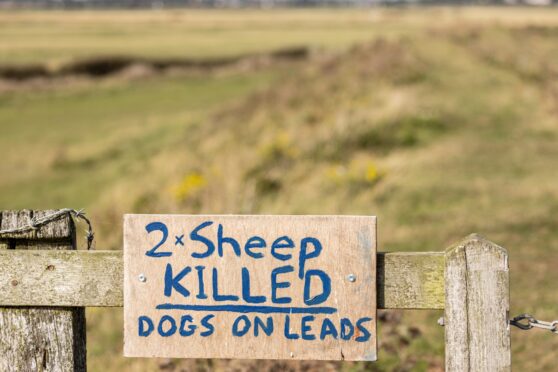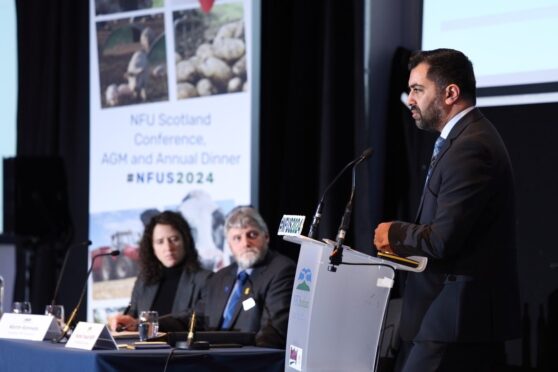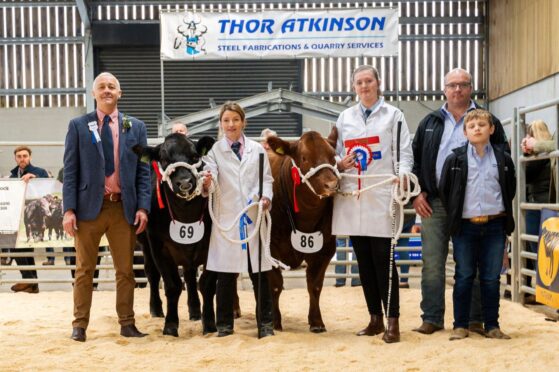Globally, sheep release around 700 million tonnes of methane into the atmosphere per year.
And hill farmers and crofters here in Scotland are increasingly being asked to reduce such greenhouse gas emissions to help address ongoing climate change.
But in order to reduce methane emissions you have to be able to measure and quantify them in the first place. To-date this has been difficult to do, especially from sheep managed on the grass-based systems that are typical of our sheep production systems.
However, SRUC has recently purchased – through funding from UK Research & Innovation – a set of Portable Accumulation Chambers (PACs) which will allow the rapid measurement of methane and other gases from individual sheep.
An individual PAC consist of an aluminium box, approximately 1m long, that is used to house an individual sheep. Air samples are collected from within the box, allowing methane concentrations to be analysed and daily emissions quantified.
SRUC now has a set of 12 PACs, mounted on a trailer, which can be taken to any location, within reason. This means that the emissions can be quantified and related to whatever the sheep are feeding on at the time.
The animals are kept off their pasture for at least an hour then each individual sheep spends a maximum of 50 minutes in a PAC. There are a variety of safety protocols in place to ensure the welfare of the animals during this period.
Colleagues at AgResearch in New Zealand, who designed and tested the PACs, have shown that the total gas emissions recorded over the time within a PAC provide a good prediction of emissions while on pasture.
And the preliminary work SRUC has done since receiving the PACs has also confirmed that there is variability in methane emissions between sheep, even within the same flock on the same diet and at the same live weight.
This and the fact that methane emissions are a heritable trait means that the levels of emissions from a flock could potentially be changed over time through selective breeding.
As a result, the PACS will be used initially to collect methane measurements from thousands of individuals from a range of sheep breeds across the UK to investigate the genetic relationships with other important traits.
The ability to collect information of five sets of 12 animals per day will markedly increase the speed at which we can establish that knowledge and understanding. This will ensure methane measurements to be incorporated into breeding programmes for UK sheep in the most appropriate way within a reasonable timescale.
The PACs are an SRUC resource but what do we want to do with them on the farms at Crianlarich?
I have highlighted in these pages before that we have been recording the performance and productivity of our ewes and lambs for many decades.
And in recent years we have not only put an additional focus on incorporating feed efficiency into that assessment of performance but are also using CT scans of rumen volume as a surrogate for methane emission potential from individual animals.
But the use of the PACs to measure actual methane emissions of sheep on pastures of differing feed quality will be a game-changer for us. As it will help us close the circle of knowledge completely between feed efficiency, body composition, rumen capacity and methane emissions.
The ability to identify animals that emit lower levels of methane per kilo of dry matter intake that are also able to grow well and be productive will enable the sheep industry to significantly reduce their greenhouse gas emissions and meet wider society expectations.
Davy McCracken is professor of agricultural ecology and head of SRUC’s Hill and Mountain Research Centre at Crianlarich
